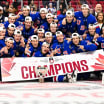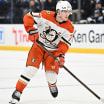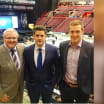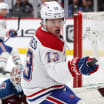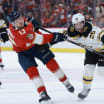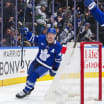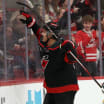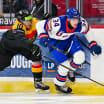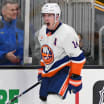The Washington Capitals enter the Stanley Cup Playoffs as the No. 1 overall seed after finishing with 120 points and winning the Presidents' Trophy for the first time since 2009-10.
After a slow start under first-year coach Dave Hakstol, the Philadelphia Flyers went 20-9-6 in 35 games after the All-Star break to earn the second wild card into the playoffs from the Eastern Conference.
Flyers vs. Capitals First Round series preview
Kuznetsov, Ovechkin, Holtby lead No. 1 seed Washington into playoff series against Philadelphia

© Patrick McDermott/Getty Images
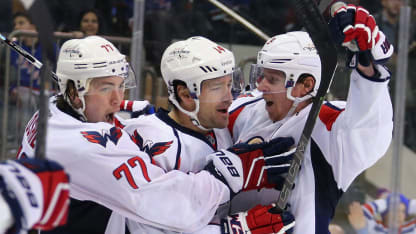
© Bruce Bennett/Getty Images

© Len Redkoles/Getty Images

© Andy Marlin/Getty Images
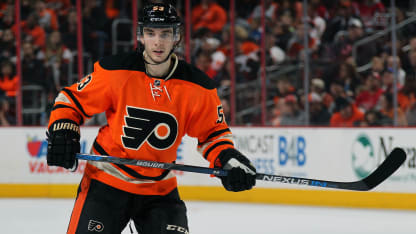
© Len Redkoles/Getty Images
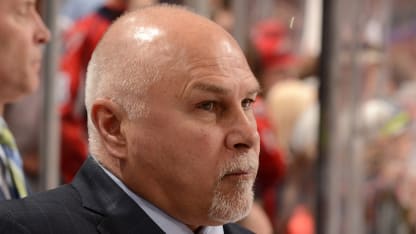
© Norm Hall/Getty Images
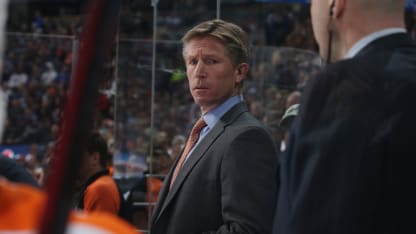
© Michael Martin/Getty Images

© John Russell/Getty Images
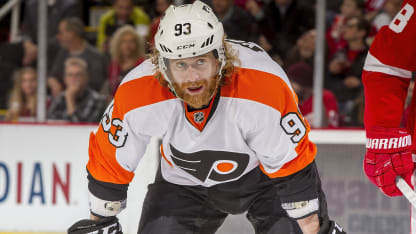
© Dave Reginek/Getty Images

